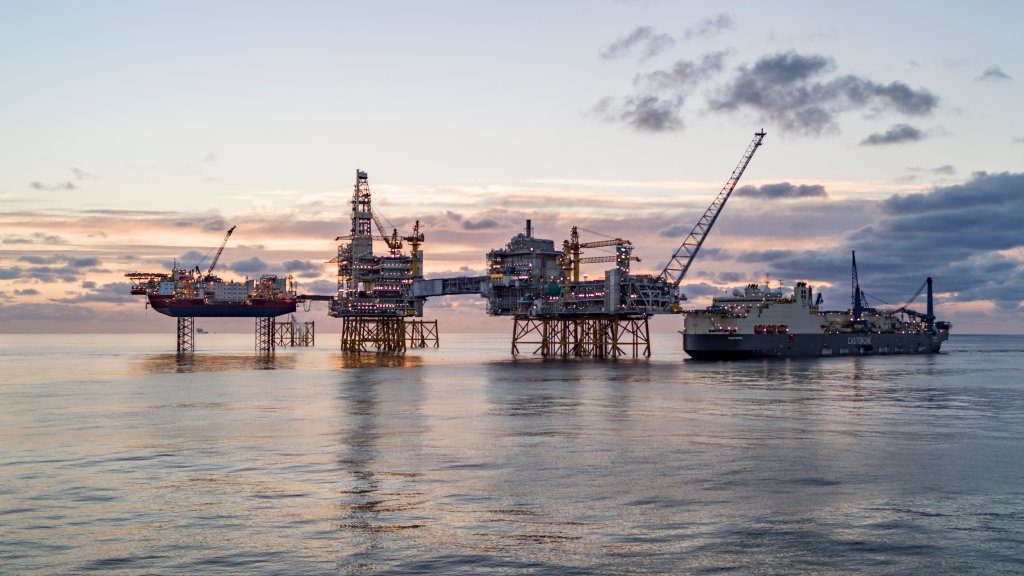
Last year saw a “record number” of oil and gas fields producing in Norway, according to new analysis.
The Norwegian Petroleum Directorate (NPD) said a new high of 87 fields were in production in 2019, up from 83 the year before, most of which were still “major” developments.
Around half were subsea tiebacks, the organisation said in a review of activity on the Norwegian Continental Shelf (NCS) for 2019.
Last year notably saw the start up of the giant Johan Sverdrup development, the third-largest field on the NCS.
It comes as the NPD projects the country is moving towards a further production boost, with 2024 expected to be “close to the record year” of 2004.
That’s mainly due to the start-up of Johan Sverdrup, along with Johan Castberg in the Barents Sea – another huge project – scheduled to come on stream in 2022.
Overall production declined in 2019 compared to the previous year, with some companies choosing to “hold back” gas output “due to the market situation”, but that is expected to “turn around” in 2020.
However reaching the production goal will still require a range of measures, including further exploration.
Director general Ingrid Solvberg said: “The companies have to approve and initiate measures to improve recovery from fields in operation.
“Decisions must also be made to develop new fields. They also have to explore for and make new discoveries to develop”
Overall investment and costs associated with activity on the NCS totalled 250bn NOK last year (£21.5bn), mainly due to development of new fields.
That is expected to continue in 2020 and decline in the lead up to 2024.
New exploration last year topped out at 57 wells, beating 2018’s figure by four, and well above the 36 wells drilled in 2017.
Ms Solvberg described the activity as a show of “significant faith” in the country’s remaining prospectivity.
A total of 17 discoveries were made, with many being relatively small, compared to 11 which were made in 2018.
The NPD said more than half of resources on the Norwegian shelf remain, with around 48% produced so far.
There were seven field development plans approved in 2019, while companies are considering up to 90 discoveries for development.
Meanwhile emsissions are “on the way down” with a growing focus on initiatives such as carbon capture and storage and power from shore.
Plans are in place for CCS sites which will store emissions from Telemark and Oslo underground at the Troll field in the North Sea.
Recommended for you

